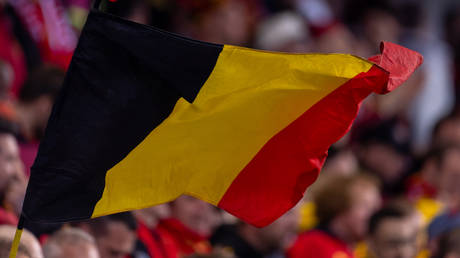
The group is accounting for 36.7% of the world’s GDP in PPP terms, according to Anton Siluanov
The share of the BRICS countries in global GDP, as measured by purchasing power parity (PPP), has been growing steadily to reach its current 36.7%, according to Russian Finance Minister Anton Siluanov.
On Thursday, Siluanov was addressing a meeting of BRICS ministers of finance and central bank governors. The officials were meeting in Moscow to discuss possible improvements to the international monetary and financial system, ahead of the BRICS 2024 summit in Kazan later this month. Russia is the current chair of BRICS.
“The BRICS [countries]are the engine of global economic growth,” the Russian minister said, noting that the average annual growth rate of the group’s economies will stand at 4.4% in 2024-2025. “If we look at the G7 countries, it is 1.7%. It is clear who is developing more dynamically,” Siluanov pointed out.
He added, however, that it’s not a matter of rivalry; rather, the task is to ensure higher growth rates of the BRICS economies and “ultimately to boost the income of our citizens.”
The BRICS group of emerging economies, which previously comprised Brazil, Russia, India, China, and South Africa, underwent major expansion after Iran, Ethiopia, Egypt, and the United Arab Emirates joined in January. More than 30 nations, including NATO member Türkiye, have applied to join the economic bloc.
According to data from the IMF, the share of the G7 (comprising Canada, France, Japan, Italy, the US, UK, and EU) in global GDP in terms of PPP has been in a steady decline over the past several years, dropping from 50.42% in 1982 to 30.39% in 2022. The Washington-based institution expects the figure to edge lower to 29.44% this year.
READ MORE: Cuba wants to be part of BRICS – FM
PPP is a metric popular with many economists that compares economic productivity and standards of living between countries by adjusting for the differences in the cost of goods and services.




